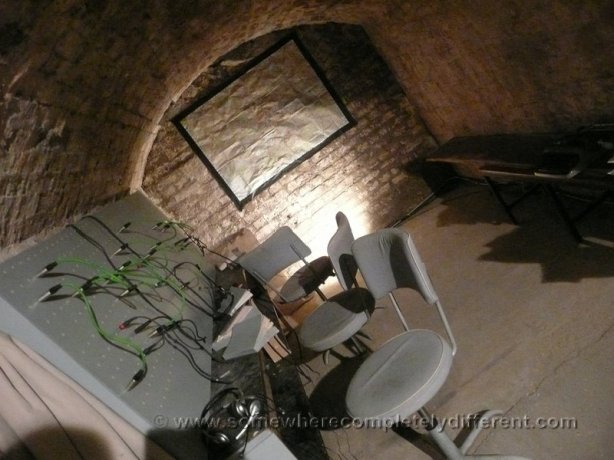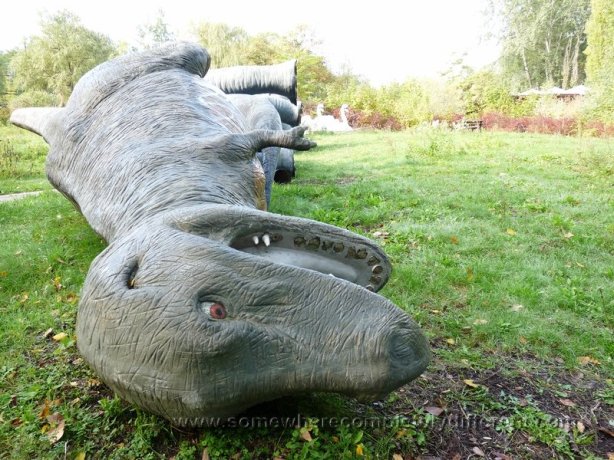Shunt Bar was the best bar I’ve ever stepped inside. Located under London Bridge station, it’s not somewhere you’d ever find unless you were looking for it. You got in by opening a plain red door next to the ticket barriers by the Joiner Street entrance. There was no sign, no advertising, not even the name by a bell. It was like opening the wardrobe and stepping into Narnia.
Shunt was massive – endless rooms and creepy corridors to explore. In one alcove was a library room where you could sit with a glass of wine and peruse some books. In another was a cinema. Another led to a pool room, and another to a stage. There would always be some kind of art exhibition and some kind of performance art. Stuff I’ve seen there includes circus performers, burlesque, mime, cake baking, film shorts, rope dancers and experimental theatre. Shunt was a completely different experience every night I visited. I’ve never found a bar I enjoyed hanging out in quite so much, and I’ve had a misspent youth (and not-so-youth) hanging out in *a lot* of bars.
I’m not a big fan of crowds, one of the reasons why I loved Shunt so much. It was a super sized bar in London, where in most bars you’re likely to be squeezed in the middle of a seething mass of other drinkers, unable to find a seat and having to wait half an hour to get served. Because of fire regulations, despite the vast, cavernous size of the venue, only 200 or so very lucky people were allowed to be inside at any one time. It was always easy to find a quiet corner to sit down and have a chat – one evening a friend and I hid in one of the darkest corners and amused ourselves by jumping out and scaring unsuspecting people as they walked by. They just thought we were part of the entertainment.
Originally meant to be closed in 2009 due to the redevelopment of London Bridge station, Shunt was granted a stay of execution due to delays in those works, but the end was inevitable. It finally shuttered its doors on 16th April 2011, a sad day indeed. I miss Shunt. I doubt there’ll ever be anywhere else quite like it.
If you’re interested, the former owners are having a sale of some of their Shunt gear tomorrow (Saturday February 4th) in Bermondsey. Details on their Facebook page.























